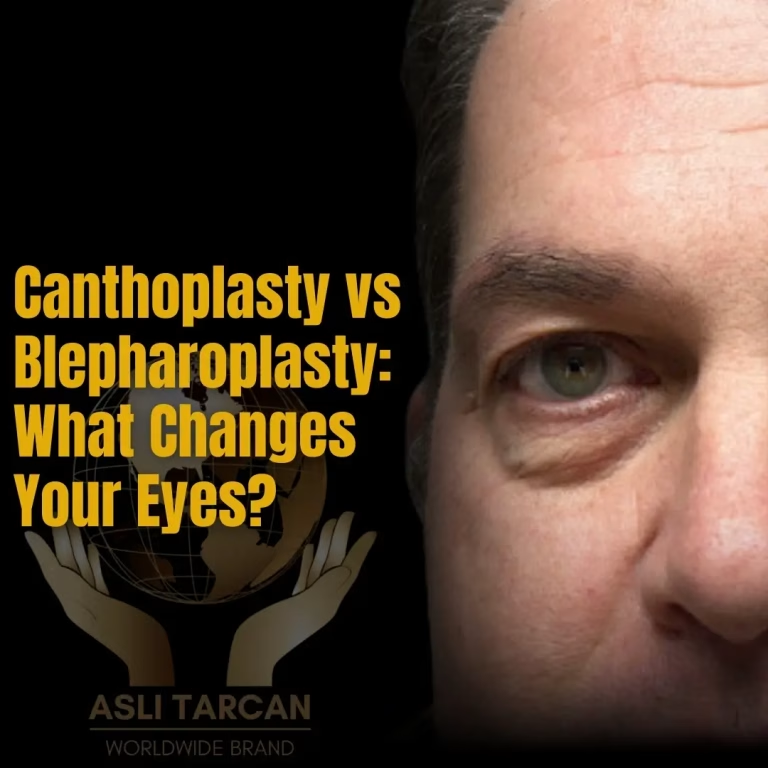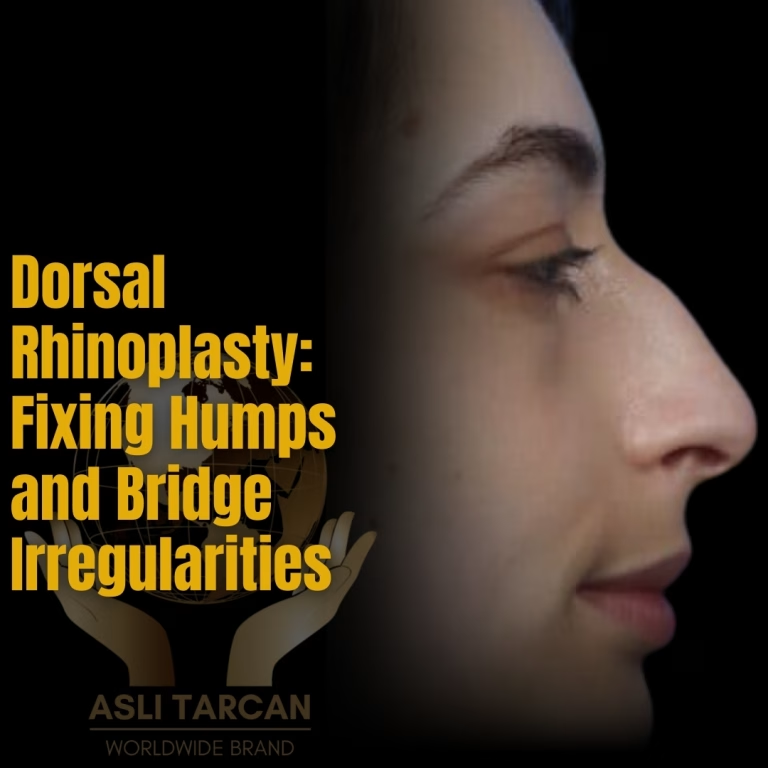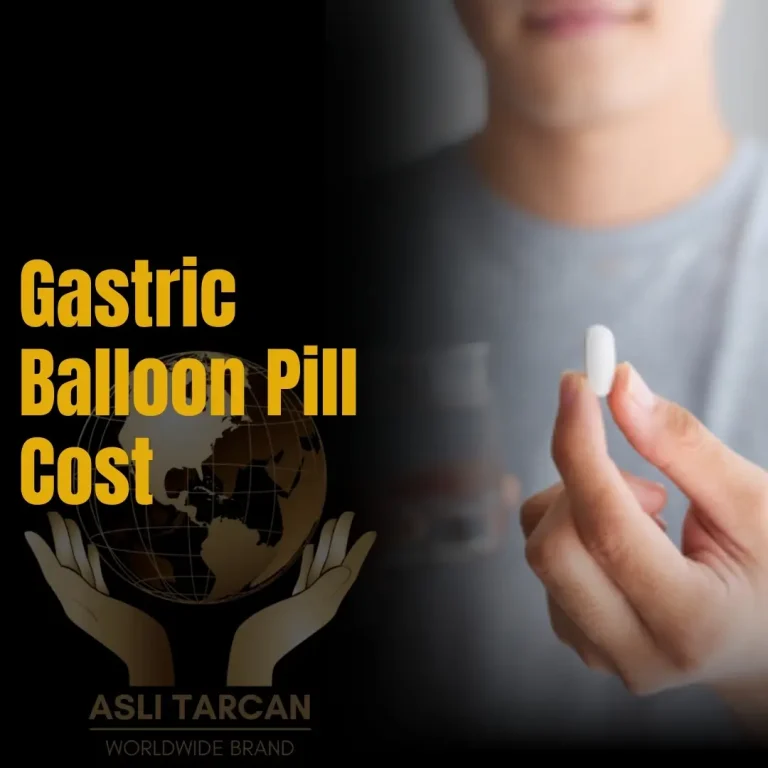Signs of Infection After Blepharoplasty You Shouldn’t Ignore
Blepharoplasty, a surgery that fixes the deformities of the eyelids, is safe, and infections are rare. But, like every other surgical procedure, things can go wrong in it as well, which could result in infection.
You need to know about the signs of the infections after the blepharoplasty to ensure you seek timely medical attention to prevent worsening.
The most common infection signs post-eyelid surgery include pus discharge from the incision site, swelling, increased redness, warmth, fever, chills, and pain. Let’s understand all the symptoms of the infections of blepharoplasty and how to avoid them.
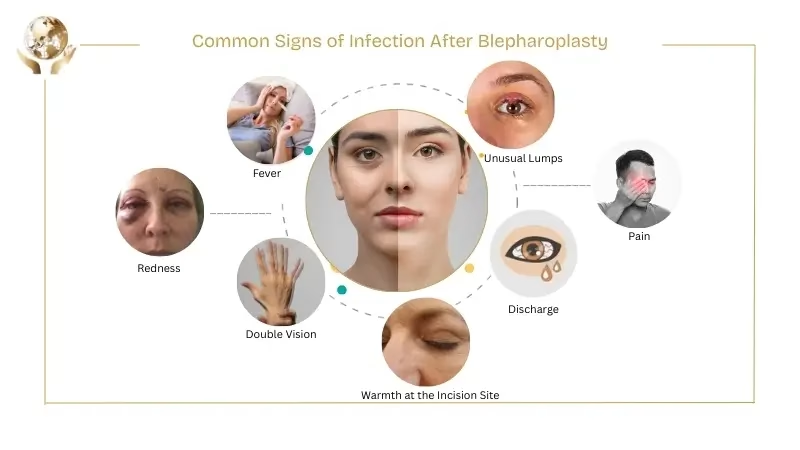
Common Signs of Infection After Blepharoplasty
Knowing about the symptoms of the infections after blepharoplasty is important so that you can seek medical care on time.
If you let them go untreated, then they could get worse over time, which could cause complications and also affect the final results of the surgery.
Fever
Fever after blepharoplasty isn’t normal, and if you have it consistently, it’s a clear sign of an infection.
Redness and Swelling
Mild redness and swelling after the eyelid surgery are totally normal, and they resolve as you heal. However, if redness and swelling worsen, feel hot, or spread, they may indicate an infection.
Double Vision
Double vision isn’t normal after the surgery, and it’s a rare complication in which the infection spreads to the muscle or nerve around the eyes. It can disrupt your daily routine as your vision may not be as good as it normally is.
Warmth at the Incision Site
Some warmth after the surgery is normal and subsides within the first few days of healing. But, if it increases, lingers, then it’s a symptom of the infection of eyelid surgery.
Discharge
It’s normal to have a slightly bloody fluid discharge in the first few days of the surgery. Green, yellow, or foul-smelling pus indicates an infection
Pain and Tenderness
Mild soreness that eases over time is normal, but if it’s a severe pain that doesn’t improve even with the medication, it’s an infection alert. The pain can also spread from incisions to the nearby tissues if you don’t control it.
Unusual Lumps or Bumps
Unusual hard, painful lumps or bumps under the skin may be abscesses, which are also known as pockets of pus. They can appear around or near the incision line, and it’s a clear sign of an infection after the lid surgery.
See Also: Bad Blepharoplasty Scars
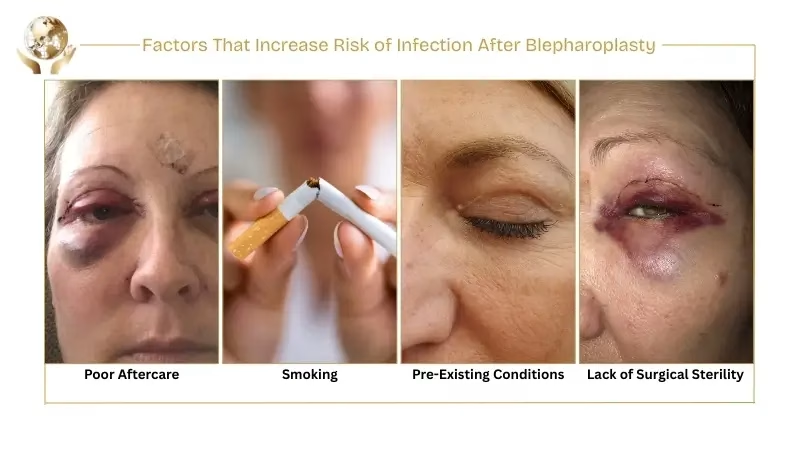
Factors That Increase Risk of Infection After Blepharoplasty
The factors that increase the risk of infections after blepharoplasty include poor aftercare, smoking, pre-existing conditions, previous healing problems, and lack of sterility in surgery
Poor Aftercare
If you don’t follow proper aftercare suggested by your surgeon, such as cleaning the incisions properly with clean material, then it can increase the chances of infections.
Smoking
Smoking can also elevate the chances of infections after eyelid surgery as nicotine narrows blood vessels, reducing oxygen and nutrients for healing.
Pre-Existing Conditions
If you have pre-existing conditions such as diabetes or autoimmune disorders, they can slow wound healing, promote bacterial growth, and also weaken the immune system, which results in increased chances of infections.
Previous Healing Problems
Previous healing problems, such as poor wound healing, could also increase the risks, and you should let your surgeon know about such conditions already.
Lack of Surgical Sterility
Sometimes, it’s the surgeons’ lack of surgical sterility that includes using an unclean operating room or contaminated tools, which introduce bacteria to the wounds.
See Also: Lumpy Blepharoplasty Scars
How To Reduce The Chances Of Infections After Blepharoplasty?
If you want to reduce the chances of infections after blepharoplasty, do these things:
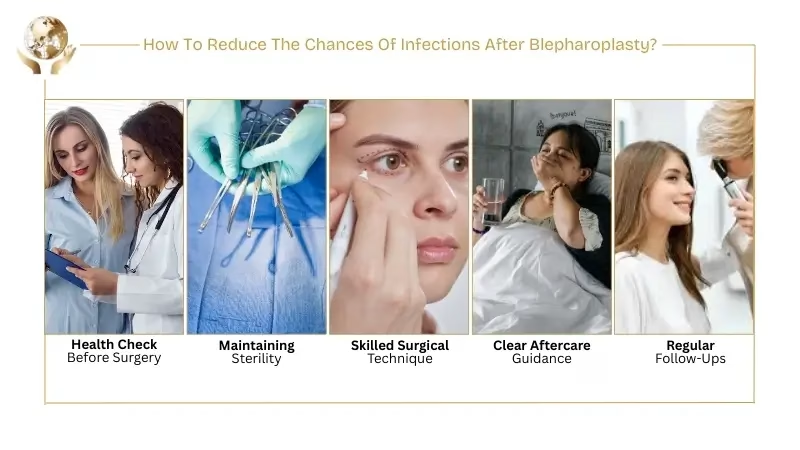
Health Check Before Surgery
Sit with your surgeon and share your whole medical history and the health review before the surgery. It’ll help the surgeon to do your surgery accordingly, using the suitable techniques and recommending the right medications.
Maintaining Sterility
You, as a patient, should ensure that all the tools and the operating room are sterilised before the surgery. You can ask the surgeons to ensure it and give strict instructions to do it.
Skilled Surgical Technique
This is the responsibility of the surgeons to use accurate incisions and gentle tissue handling with less trauma.
They should properly close the wound to lower the infection risk. You, as a patient, can ensure this by choosing an experienced double board-certified plastic surgeon.
Clear Aftercare Guidance
Your surgeon gives you the post-care tips after the surgery that you must follow. They instruct you to clean the wound, take medications, and avoid strenuous activities.
Regular Follow-Ups
Don’t miss any scheduled follow-up visits to your surgeon. They’re to monitor the healing progress, check for any infections, and treat them on time.

Asli Tarcan Clinic: Your Safest Choice For Infection-Free Blepharoplasty
The most common signs of infection after blepharoplasty include fever, excess swelling and redness, chills, discharge from the incision site, warmth, pain and tenderness, unusual lumps, or double vision.
Whenever you notice any of these signs, immediately talk to your surgeon, let them know about these so that they can timely control the infections.
Remember, blepharoplasty is one of the lower-risk cosmetic treatments, and it rarely results in infections. If any infection occurs, it is often due to inexperienced surgeons, poor technique, or unsterile conditions.
To avoid that and get an advanced, fully safe blepharoplasty surgery, contact Asli Tarcan Clinic. We’re top-rated with the highest success rate. Contact us today!

This article is medically reviewed by Ophthalmologist Dr. Mehmet
See Our Doctors & Surgeons
What does an infection after blepharoplasty look like?
You may feel the symptoms like increased redness, swelling, pain, warmth, fever, pus discharge and also the unusual lumps.
What is the most common complication of blepharoplasty?
The most common complications of eyelid surgery are excessive bruising and swelling. They usually resolve on their own as your eyelid heals.
What are the stages of recovery after blepharoplasty?
In the first 1 to 2 weeks, the swelling and the bruising subside. In 2 to 4 weeks, the final results start to appear. And in the 2 to 3 months is when your eyes look beautiful and youthful, as all the swelling and bruising is gone, and you’ve achieved the final

